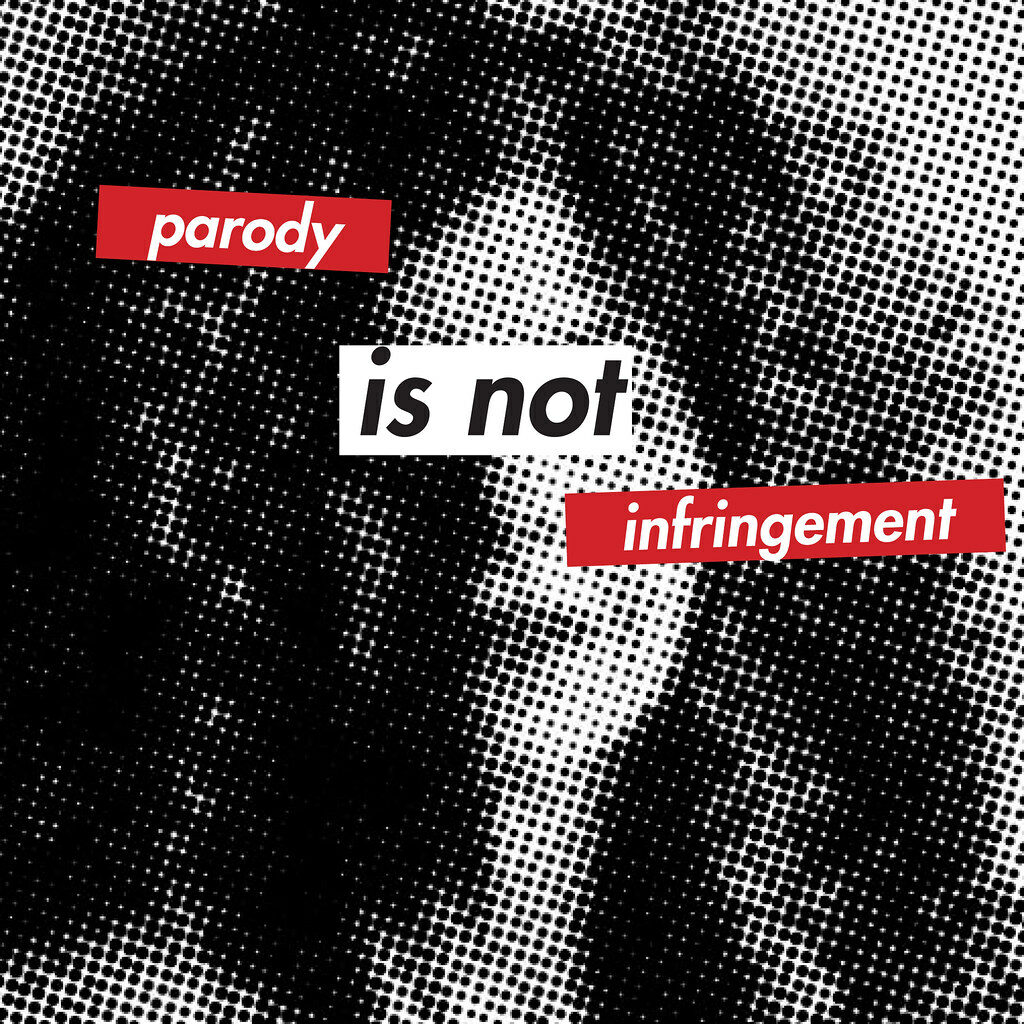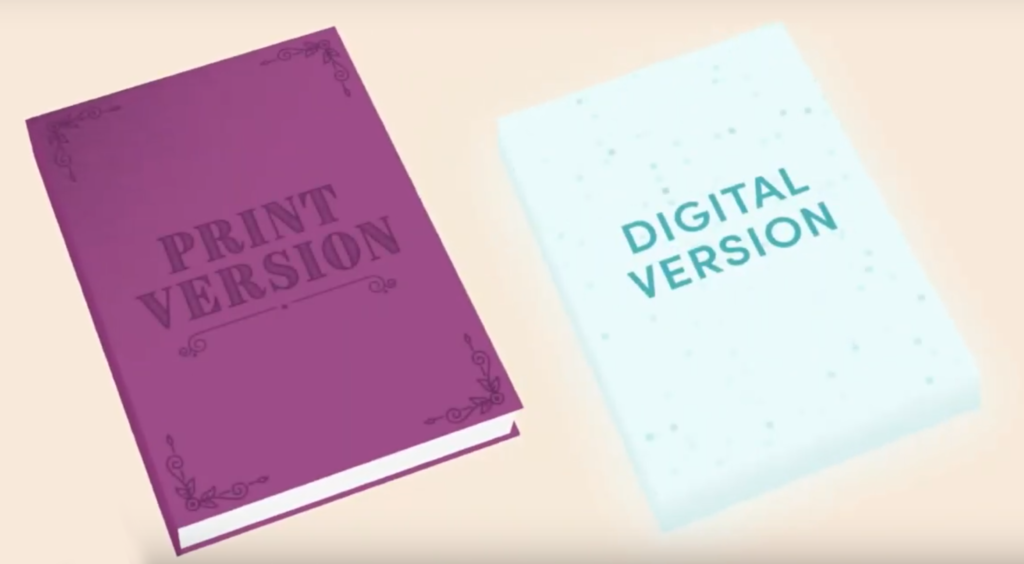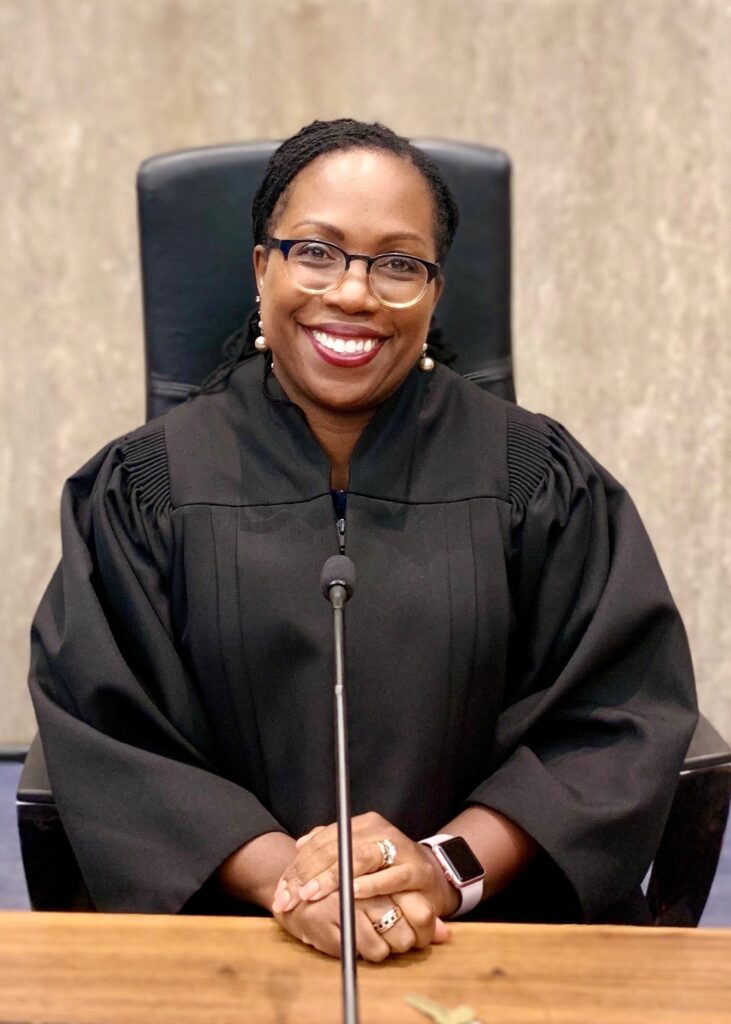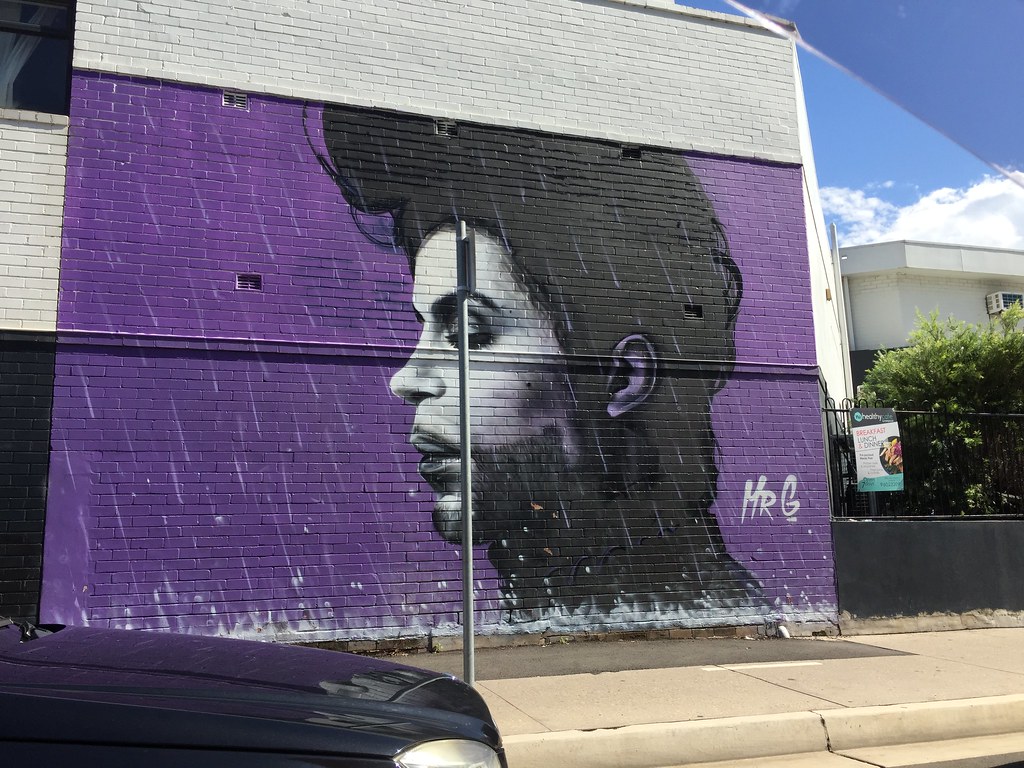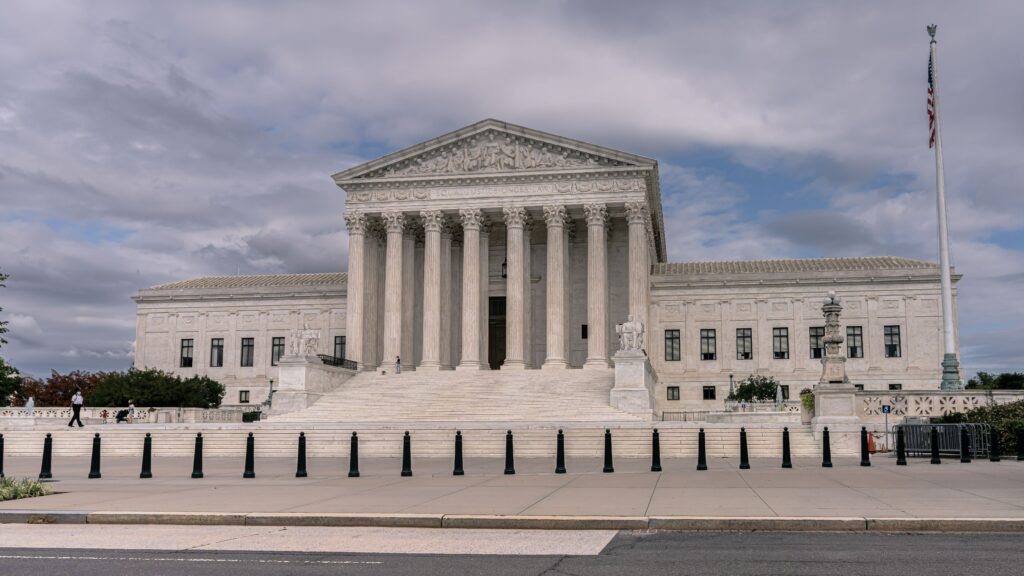
Authors Alliance is thrilled to announce that we have submitted an amicus brief to the U.S. Supreme Court in Warhol Foundation v. Goldsmith, a case that the Court will hear this coming October. Our brief was filed in support of the petitioner, the Warhol Foundation, which is asking the Court to reexamine the Second Circuit’s constrained interpretation of what it means for a use to be transformative, a consideration in fair use cases that, when met, weighs heavily in favor of fair use. Authors Alliance has covered this case extensively over the past year, and we think and hope that our voice will be a useful one as the Court considers the scope of fair use in the art world and beyond.
The lawsuit concerns a series of Andy Warhol screen prints and sketches of the late musician Prince, inspired by a photograph taken by photographer Lynn Goldsmith. The images in the case were created after a first image was commissioned by Vanity Fair based on the photograph by Goldsmith, authorized pursuant to separate agreements between Vanity Fair and Goldsmith and Vanity Fair and Warhol. The authorized Warhol image appeared in the magazine in 1984 and included credit for both Goldsmith and Warhol. However, Warhol went on to create fifteen additional works of the image in the same style, which are the subject of the litigation.
After learning of the additional images after Prince’s death, Goldsmith sued the Warhol Foundation for copyright infringement, alleging that the Prince Series infringed her right to prepare derivative works, one of the exclusive rights granted under copyright—in the photograph of Prince. In its decision, the district court found for the Warhol Foundation on fair use grounds, focusing on the transformative nature of Warhol’s prints, which the court stated “transformed Prince from a vulnerable, uncomfortable person” as seen in Goldsmith’s photograph “to an iconic larger-than-life-figure” as depicted in Warhol’s series. Under the traditional “new expression, meaning, or message” test articulated by the Supreme Court in Campbell v. Acuff-Rose and applied across the country for almost three decades, the district court found that the screen prints were transformative. Yet the Second Circuit went on to reverse the district court’s decision, applying a novel standard for transformativeness rather than the Campbell test. The Second Circuit held that since comparing the Goldsmith photograph and the Prince series side by side, they appeared visually similar, Warhol’s use was not transformative.
In our brief, Authors Alliance first argues that the Second Circuit misunderstood the interaction between the fair use doctrine and the derivative work right. One of an author’s rights under copyright is to prepare derivative works, such as translations and movie adaptations. But even when a second creator creates a derivative work, that use might still be allowed under fair use. For example, a literary parody is a classic example of fair use. An author might make a film version of a work that is also a parody. Even though movie adaptations are part of the derivative work right, the parodic character of the film parody could still make the use a fair one.
Second, we argue that the Second Circuit ignored guidance from the Supreme Court about how to tell the difference between an infringing derivative and a derivative that is also a fair use. In addition to failing to apply Campbell’s established “new expression, meaning, or message” test, the Second Circuit treated the “transformativeness” standard as an all-or-nothing inquiry, when numerous court cases show that transformativeness is a matter of degree—a use might be highly transformative or only modestly transformative. The Second Circuit also considered the Prince series as if each image were the same work, rather than assessing the nature of the different images on a work-by-work basis as it has done in other fair use cases involving visual art. We also pointed out that this constrained interpretation of fair use does not serve the objectives of the Copyright Act or the interests of creators.
Finally, Authors Alliance argues in our brief that the Second Circuit’s narrow interpretation of fair use in fact hurts the very creators that copyright is designed to protect. Focusing on nonfiction authors, we explained that the Second Circuit’s decision made it difficult to even discern what test for transformativeness it was applying. We explained how Authors Alliance exists to support authors, and one of the main ways we do this is by creating informative guides to help authors understand the legal aspects of publishing. By presenting a new and vague measure of what it means for a use to be transformative, the Goldsmith decision could make it much harder for us to provide this guidance. It also makes it harder for authors to determine whether their uses are fair, which could lead authors to take a conservative stance on fair use, potentially detracting from their authorship. Because this does not serve the interest of our author members, we are supporting the Warhol Foundation in asking the Court to overturn this decision before it is applied in other contexts, doing serious damage to the fair use doctrine and the authors who rely on it to create new works of authorship.
Authors Alliance will keep our members apprised of any developments in this case. Read our full brief below:


